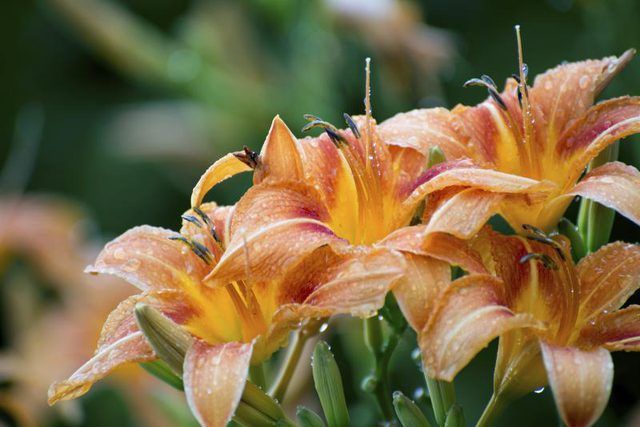Bulbs
Flower Basics
Flower Beds & Specialty Gardens
Flower Garden
Garden Furniture
Garden Gnomes
Garden Seeds
Garden Sheds
Garden Statues
Garden Tools & Supplies
Gardening Basics
Green & Organic
Groundcovers & Vines
Growing Annuals
Growing Basil
Growing Beans
Growing Berries
Growing Blueberries
Growing Cactus
Growing Corn
Growing Cotton
Growing Edibles
Growing Flowers
Growing Garlic
Growing Grapes
Growing Grass
Growing Herbs
Growing Jasmine
Growing Mint
Growing Mushrooms
Orchids
Growing Peanuts
Growing Perennials
Growing Plants
Growing Rosemary
Growing Roses
Growing Strawberries
Growing Sunflowers
Growing Thyme
Growing Tomatoes
Growing Tulips
Growing Vegetables
Herb Basics
Herb Garden
Indoor Growing
Landscaping Basics
Landscaping Patios
Landscaping Plants
Landscaping Shrubs
Landscaping Trees
Landscaping Walks & Pathways
Lawn Basics
Lawn Maintenance
Lawn Mowers
Lawn Ornaments
Lawn Planting
Lawn Tools
Outdoor Growing
Overall Landscape Planning
Pests, Weeds & Problems
Plant Basics
Rock Garden
Rose Garden
Shrubs
Soil
Specialty Gardens
Trees
Vegetable Garden
Yard Maintenance
How to Keep Daylilies Blooming
How to Keep Daylilies Blooming. Daylilies (Hemerocallis spp.) are named for their short-lived blooms, but these perennials can produce flowers for three to four weeks with the right care. Daylilies are hardy in U.S. Department of Agriculture plant hardiness 3 through 9 and grow 6 to 36 inches tall and 18 to 24 inches wide, depending on the variety....

Daylilies (Hemerocallis spp.) are named for their short-lived blooms, but these perennials can produce flowers for three to four weeks with the right care. Daylilies are hardy in U.S. Department of Agriculture plant hardiness 3 through 9 and grow 6 to 36 inches tall and 18 to 24 inches wide, depending on the variety. Watering daylilies frequently, removing their faded flowers, dividing them when crowded and growing them in full sun encourage prolific flowering.
Watering Daylilies
Continually moist soil promotes flowering in daylilies. These plants are drought-tolerant, but they flower best when they receive 1 inch of water per week, and they need more water when the weather is hot and dry.
Water daylilies thoroughly when their first flower buds appear in spring, and spread a 2-inch-thick layer of shredded leaves or other light mulch over the bare soil between plants. Water the plants again when the soil surface is dry; scrape back some mulch to check if you aren't sure about the soil's condition. Don't water the plants so much that the ground becomes soggy.
Removing Faded Flowers
Taking off faded flowers prevents daylilies from developing seeds, which encourages more blooms. Seedpods behind the faded flowers must be removed to prompt the plants to flower again.
Daylilies produce many flowers on single stems, and usually the flowers last about one day. Every two or three days, pinch off the faded flowers and developing seedpods where they join the stems. When all the flower buds on a stem have bloomed, prune the stem at its base. Sterilize pruning shear blades before and after pruning daylilies by wiping them with a cloth that was dipped in rubbing alcohol.
Dividing Daylilies
Poorly performing daylilies may be crowded, and dividing the plants usually increases blooming. Daylilies grow in fan-shaped clumps, and over time these clumps become congested. A sign of crowded plants is few flowers.
Divide daylilies in spring. Push a garden fork deeply into the ground several times around a daylily clump, levering the fork upward each time until the daylily's root ball lifts out of the ground. Using a sharp knife or two garden forks inserted back to back into the clump then pulled apart, divide the clump into three or four sections. Plant the sections 18 to 24 inches apart and at their original growing depths.
Using Full-Sun Sites
Daylilies flower best when planted in a full-sun location. Specimens growing in partially shaded spots grow well, but they flower less. Growing daylilies in areas that receive at least six hours of sunlight daily provides the most flowers, but in warm climates the plants need some light shade during the hottest part of the day.
Remove sources of shade, such as overhanging foliage, or transplant shaded daylilies to a full-sun site. Daylilies also can be replanted in a sunny spot after their clumps are divided in spring.